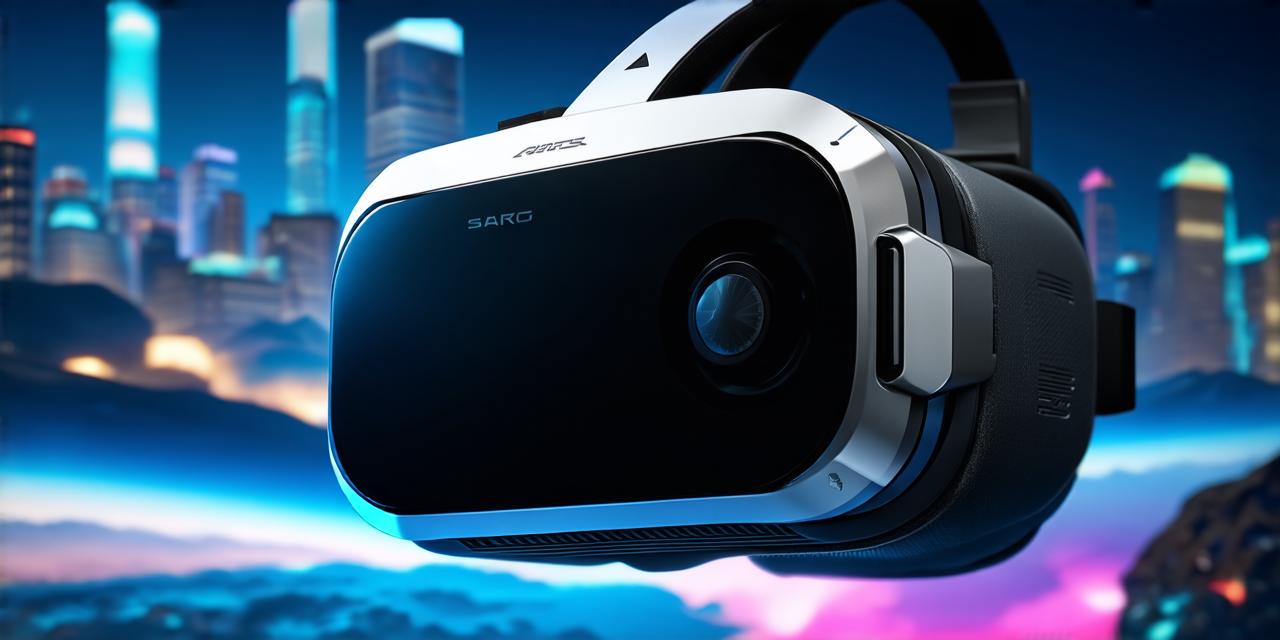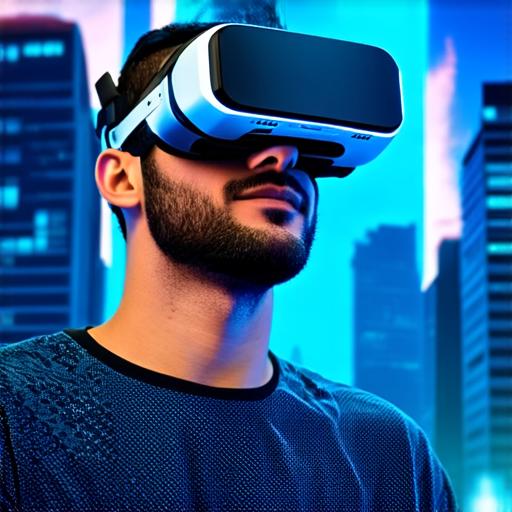
What is the purpose of virtual reality headsets?
Virtual reality headsets have become increasingly popular in recent years, and for good reason. With their ability to transport users into immersive digital worlds, virtual reality headsets offer a unique way to experience games, movies, and other forms of entertainment.
Virtual Reality Headsets: An Overview
At their core, virtual reality headsets consist of a pair of glasses or goggles that are worn on the user’s head. These devices have screens built into them, which display 3D images that create an illusion of depth and distance. By tracking the movement of the user’s head, virtual reality headsets can adjust the image in real-time to create a sense of immersion.
Virtual reality headsets come in a range of different designs and specifications, with some models offering higher resolution displays or more advanced tracking technology. However, regardless of the specific model you choose, virtual reality headsets require a powerful computer or gaming console to run.
The Benefits of Virtual Reality Headsets
Virtual reality headsets offer a number of benefits that make them appealing to both gamers and non-gamers alike. Here are some of the key advantages:
Immersive Experience
One of the main benefits of virtual reality headsets is the immersive experience they provide. By wearing the headset, users can feel as if they are physically present in the digital world being displayed on the screens. This creates a sense of presence and realism that is hard to achieve with traditional media.

Enhanced Learning and Training
Virtual reality headsets have also proven to be useful for education and training purposes. For example, medical students can use virtual reality simulations to practice surgeries, while pilots can use virtual reality flight simulators to hone their skills. By providing a realistic environment in which to learn, virtual reality headsets can improve the effectiveness of training programs and help reduce the risk of errors.
Improved Productivity and Creativity
Virtual reality headsets can also be used to enhance productivity and creativity in a variety of industries. For example, architects can use virtual reality simulations to test and refine their designs before building them in the real world, while engineers can use virtual reality simulations to test and optimize complex systems. By providing a safe and controlled environment in which to experiment and iterate, virtual reality headsets can help teams work more efficiently and effectively.
Case Studies: Virtual Reality Headsets in Action
Virtual reality headsets are already being used in a range of different industries and applications. Here are some examples:
Gaming
Of course, virtual reality headsets are most commonly associated with gaming. With their ability to provide an immersive and interactive experience, virtual reality headsets have become popular among gamers looking for something new and exciting. From first-person shooters to puzzle games, there are countless virtual reality experiences available for gamers of all ages and skill levels.
Medical Training
Virtual reality headsets are also being used in medical training, as mentioned earlier. By providing a safe and controlled environment in which to practice surgeries and other medical procedures, virtual reality headsets can help reduce the risk of errors and improve patient outcomes. For example, the University of California San Francisco has developed a virtual reality simulation for surgical training that allows students to practice complex procedures on a digital model before performing them on real patients.
Product Design
Virtual reality headsets are also being used in product design and development.


